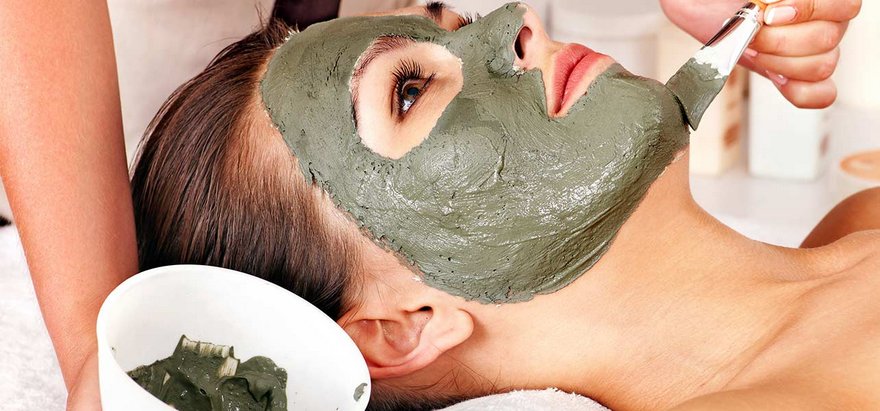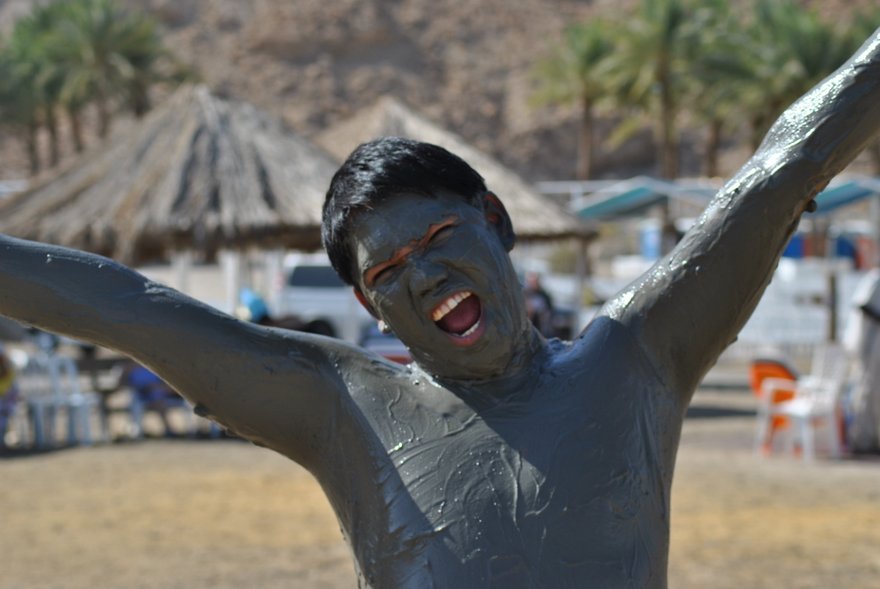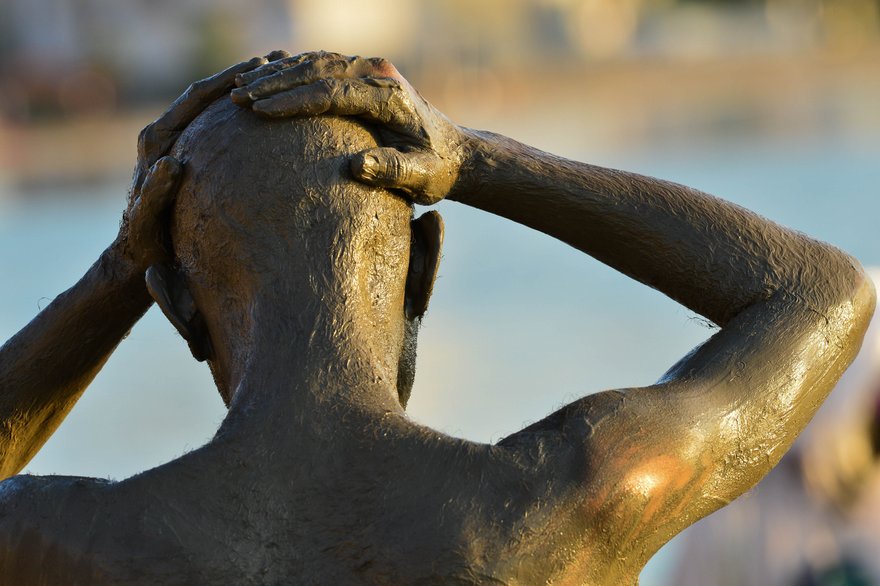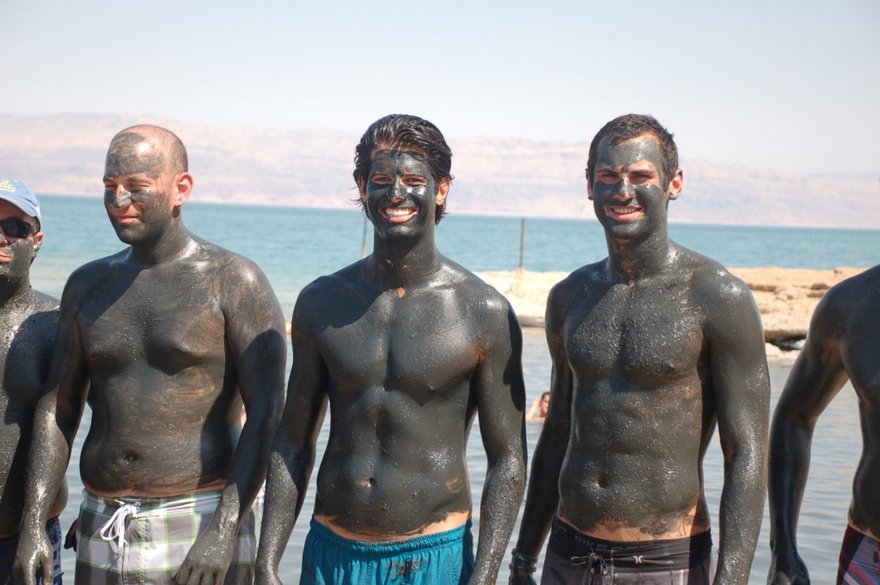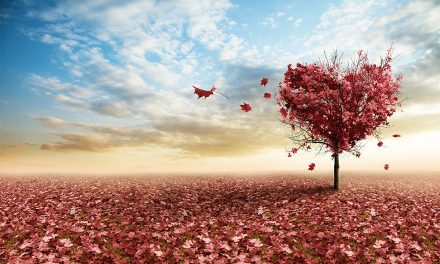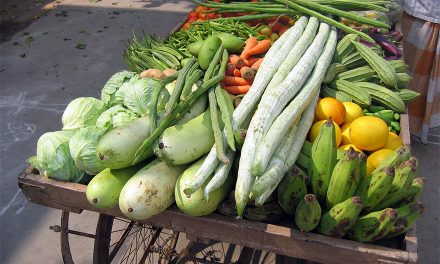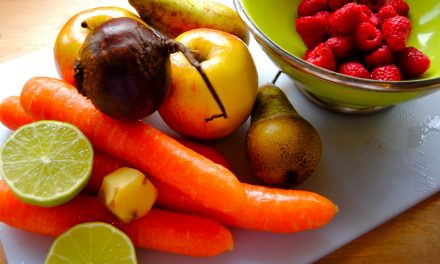Mud Treatment is a bath of mud, commonly from areas where hot spring water can combine with volcanic ash. Mud baths have existed for thousands of years and have been considered as almost a panacea.
The people of gangetic civilization are in the habit of covering their entire body with the alluvial soil before taking a dip into the river water. Mud found in different parts of the world has different properties. Mud composition varies with the place of origin. Soils at Lake Techirghiol and Rotura mud are famous for mud treatments.
[wp_ad_camp_1]
Lepa in Ayurveda
“Lepa” (pronounced lay-pa) therapy has been in practice in Ayurveda since time immemorial. Application of “Lepa” comes under the broad heading of “Bahiparimarjana Chikitsa”. The skin covers the entire body and prevents invasion of microorganism, foreign substances in the body. Lepa broadly means a medicinal plaster applied on the body. The synonyms of “Lepa” are “Lipta”, “Lepana”, and “Alepa” etc.
According to Susruta there are three types of Lepa – Pralepa, Pradeha and Alepa. Pralepa is sita (cold) and thin layered lepa, Pradeha is usna (lukewarm) lepa and thick layered and Alepa is of moderate action & thickness.
Whereas The “Ashtanga Samgraha” has classified “Lepa” in 10 types : Snaihika , Nirvapana , Prasadana , Sthambana , Vilayana , Pachana , Peedana , Sodhana , Ropana and Savarneekara.
Ingredients of Lepa
Generally the mud or lepa consists of 53% clay, 36% minerals, 4% water and 7% organic substance. “Lepas” can also include a number of ingredients e.g. fuller earth, green clay, rose water, orange oil, rose oil, amlaki etc. If required ghee (clarified butter) is also included. The ingredients are first made into a fine powder and then mixed with some liquid media like oil, decoction etc. to obtain the paste form. This paste is applied over the skin.
Why Lepa is Used
Mud (earth) the first of the “Pancha Bhutas”, the five constituent elements of the universe, is pivotal for our well being. When the body is filled with toxic material then the normal organs of detoxification like liver, colon, and kidney become overloaded and impurities begin to show through the skin as rashes or acne. “Ayurvedic” “lepa” or “mud” treatment is especially useful to break down and dislodge toxins through the skin by herbal plasters.
Different Types of Lepa
The following are some of the common types of Lepa.
Mudpack or Lepa for Head
It is applied evenly over the forehead for healing headache.
Mudpack or “lepa” for face: Applied evenly on the face and left to dry for approx 30 minutes. Improves skin complexion and reduction of dark patches.
Mudpack or “lepa” for abdomen: Applied evenly for 20-30 minutes. The body and the mud pack should be covered with blanket, if applied during the cold weather. Relives all kinds of indigestion.
Mud Bath
The mud is applied to the entire body either in sitting or lying position and kept for 45 to 60 minutes and with intermittent exposure to sun light, head being covered.
This is followed by washing with cold to lukewarm water that helps in increasing blood circulation and general skin condition.
“Lepa” should always be made and used fresh and should not be applied on the previous one. “Lepa” is to be applied in the “pratiloma” direction that is opposite direction of the hair follicles for better absorption in the skin. “Lepas” must be removed as soon it dries up and is never applied at night.
Preparation and Application
The herbs are first washed, cleaned, dried, mixed with requisite amount of clay and then ground to powder form. Necessary liquid media in the form of oil or decoction is added to make it a paste, suitable to the needs of the particular patient. It is applied with a soft brush over the area under treatment.
Benefits
Lepas contain muds reach with minerals having positive effects on human health. Mud can absorb toxins, and helps in cooling and relaxing body as it can hold moisture for a long time. Lepas also relax muscles; improve blood circulation, removes dark patches besides other benefits.
Conclusion
In the present era everyone wishes to look younger and younger. This forces them to undergo this therapy under professionals at the “ayurvedic” clubs and spa.

